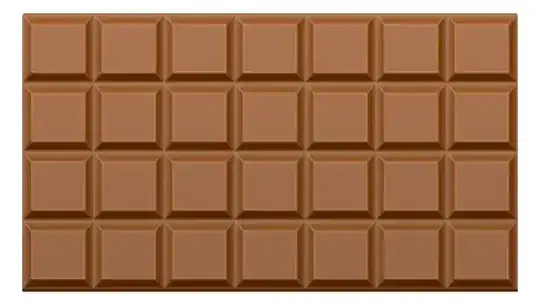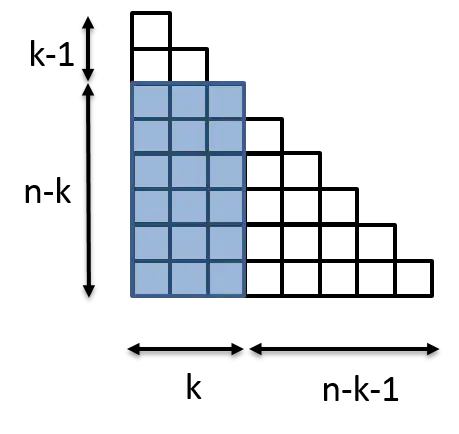What are some interesting, standard, classical or surprising proofs using induction?
Here is what I got so far:
- There are some very standard sums, e.g, $\sum_{k=1}^n k^2$, $\sum_{k=1}^n (2k-1)$ and so on.
- Fibonacci properties (there are several classical ones).
- The Tower of Hanoi puzzle can be solved in $2^n-1$ steps.
- A $2^n \times 2^n$-grid with one square missing can be covered with $L$-triominos.
- Cayley's formula for labeled forests.
- Every square can be subdivided into any number $n\geq 6$ subsquares.
- The Art gallery problem.
- Number of regions determined by $n$ lines in general position.
- Eulers formula $V-E+R=2$.
- Planar graphs are 5-colourable.
- Properties about binomial coefficients (I do not count these as classical, since the proofs are very mundane and not really fun - IMHO, such identities should be proved by a bijective argument / combinatorial interpretetation).
In other words, what would you expect to see in a book titled "Induction in Mathematics", aimed for freshmen/undergraduate students?
I really like the tilings with $L$-triominos problem - it is easy to state, has a neat proof that requires some creativity.
Neat examples from calculus and probability would be appreciated.

